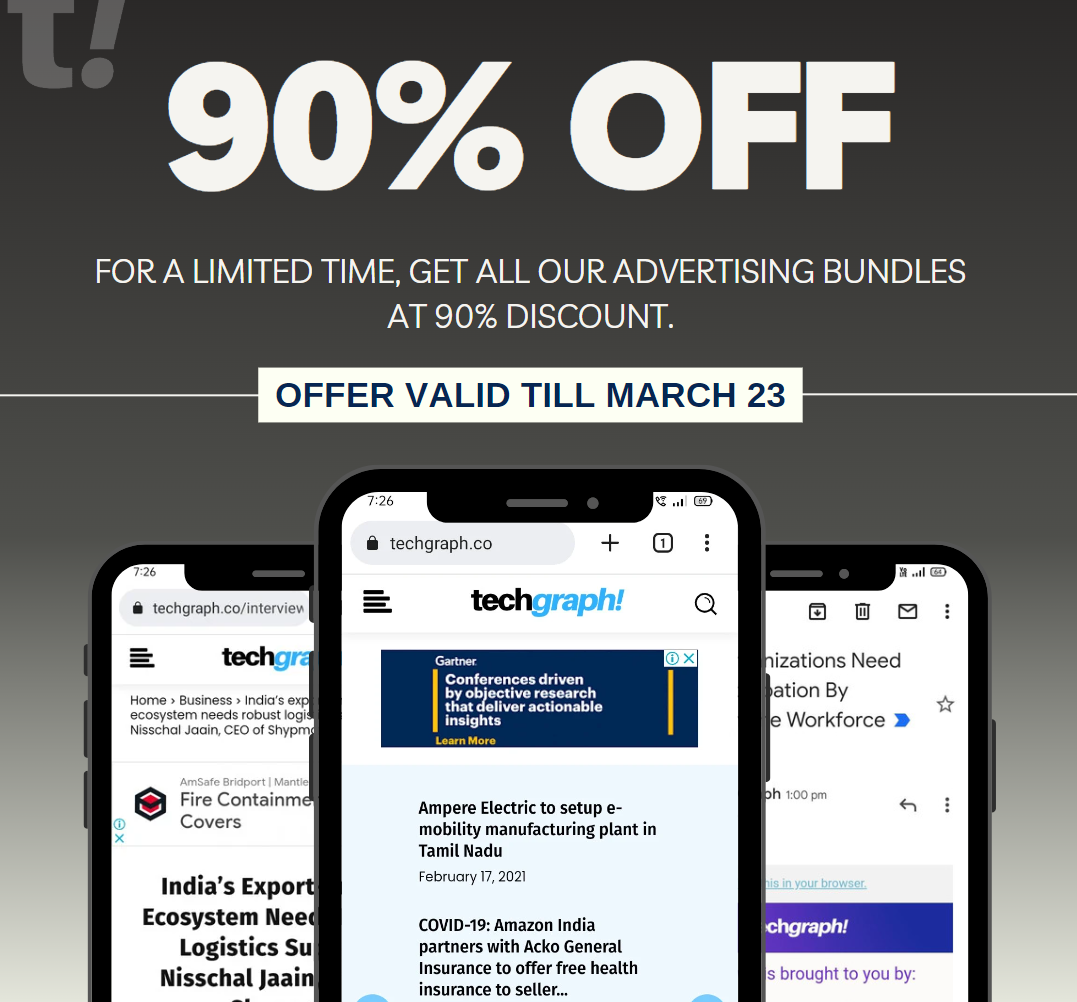The ultimate aim of marketing campaigns is to convince consumers to purchase the product. In today’s competitive times, strategies are successful when aligned with consumers’ behavior.
Precision and persuasion methods have been followed since the traditional marketing days to the new-age digital world. Let’s deep dive into these marketing strategies.
The Difference
Precision marketing focuses on the functional needs of consumers to cross-sell and upsell products to existing or potential customers. The target segment of shoppers has rationalized preferences based on information, perceived benefits, and the product’s value.
Grocery sellers and e-tailers have successfully implemented precision marketing strategies by offering membership programs and discount coupons along with bundled benefits.
Tesco launched its customer loyalty scheme, Tesco Clubcard, back in 1995. It was an integral part of their marketing plan that led Tesco to become the UK’s largest supermarket chain.
E-commerce giant Amazon introduced the Prime Plan that offers discounts bundled with free delivery and easy return policy benefits. Customers prefer to opt for these schemes despite structured membership charges as they provide frictionless transactions and better savings.
On the other hand, persuasion marketing is designed to address the emotional needs of customers that drive them toward their purchase-making decision. The ultimate goal of persuasion is to sell and focus on customer experience delight.
The Strengths and Weakness
In this digital world, a smart data-backed strategy is the biggest strength of precision marketing. Baseline points like whether the consumer is using a mobile app or desktop web version, first-time, or is an existing customer, make it easier for intelligent advertising algorithms to target for a sale at the right moment. Additionally, activity data like time spent on the app, web browsing history, clicks on the ads, and viewed products give deep insights into consumer behavior.
This marketing method is apt for quantifiable data sets, but purchase decisions are based on emotions. However, it falls short in analyzing the emotional aspect.
Persuasive marketing effectively bridges this gap with the three tools of persuasion language.
Ethos – A means to convince the audience with a credible influencer, speaker, or writer. Influencer Marketing follows the concept of ethos in persuading and creating a lasting impact on the audiences’ minds.
Pathos creates an emotional response by appealing to audiences’ hopes and dreams, beliefs or ideals, or playing on their fears or worries.
Logos – It is a helpful tool to appeal to logic and reason. It persuades the target audience with facts and figures to support the rationale.
Marketers are in a dilemma in the race of creating niche content. They have to be careful not to hurt consumers’ sentiments and connect the right chords of emotions, especially in India, where the culture is so diverse. If a persuasive marketing plan backfires, it can negatively impact the brand image, and the damage can be longer than anticipated. Brands must understand their consumers through conversational research and social listening.
Last year FMCG major Dabur India apologized for its Fem bleach advertisement that showed a same-sex couple fasting for each other on Karva Chauth. The campaign received mixed reviews from the audience. Some social media users appreciated the idea of being progressive and inclusive; many thought that the ad hurt their religious sentiment and promoted fair skin.
The Collision & Alignment
Precision marketing focuses on functional and transactional aspects while persuasion marketing focuses on emotional elements. Both strategies collide when implemented in isolation, increase the marketing costs, and do not give the desired results. Hence, it’s important to align both strategies.
The precision and persuasion marketing alignment help create a 360-degree impact and generate a better return on investments (ROI). The selection of appropriate marketing strategies and channels allows for deeper percolation of the message.
The Way Forward
Intrinsic value and pricing will be critical drivers of the products’ success. Precision marketing strategies need to continue focusing on these aspects.
The power of persuasion will expand and evolve creatively. Trends suggest that micro-influencers will emerge as mega-influencers by creating niche persuasive content.
The right balance between the two methods is the key to a successful marketing campaign.



